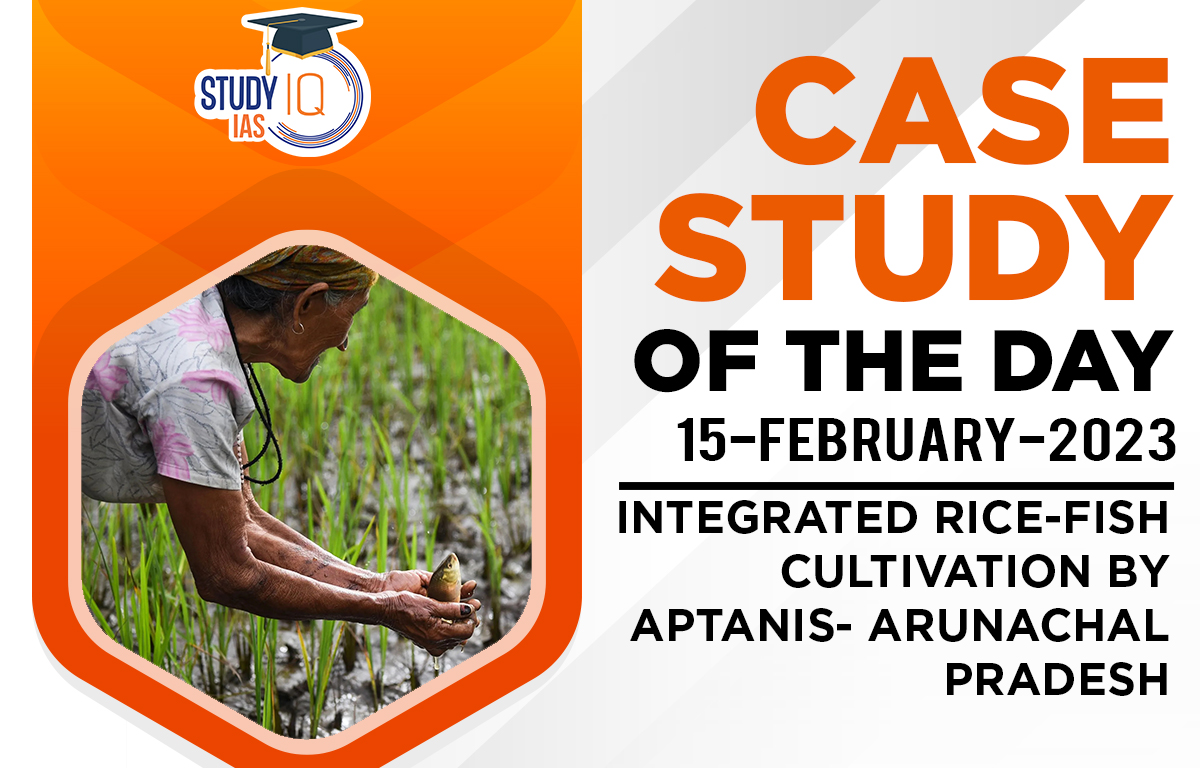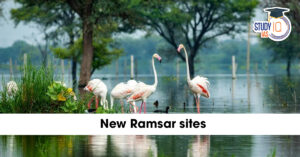Background: The Apatanis (one of the major ethnic groups of the eastern Himalayas) practice a distinctive form of agriculture where rice and fish are grown together.
About Integrated Rice-Fish Cultivation
- The Apatani farmers have been practicing integrated rice-fish farming in their mountain terraces of Arunachal Pradesh since the 1960s.

- The climate ranging from humid subtropical to temperate, plateau receiving adequate rainfall during the summer season, along with permeability and water-retaining capacity of the clayey, loamy soil favour the Integrated rice-fish cultivation farming technique in the region.
- The process involves:
- Bamboo pipes to distribute water from the networks of earthen irrigation channels.
- Ancient and old-fashioned agricultural technologies are utilized for cultivation, as modern ways are not affordable to tribes.
- Bamboo fencing avoids the escape of fish through the pipes.
- Benefits of Integrated cultivation include:
- It is a low-input and eco-friendly practice, as farmers use household and agricultural wastes and excreta of domestic animals to make farming more sustainable and organic.
- The stocked fish feeds on natural food sources of rice fields and thus, farmers need not use any supplementary fish feeds.
- Fish enhances rice productivity by controlling the growth of algae, weeds and insects, providing nutrient input through fish excreta and promoting tillering of the rice through the movement of fish inside the field.
- Despite the remoteness and lack of resources, this eco-friendly and economically beneficial practice has made the system unique in terms of aquatic resource utilisation.
- Hence the need of adequate attention to such practices, for better productivity and profitability to the small-scale rural farmers in Assam and other north-eastern hill states.


 SSC GD Constable Recruitment 2026: Notif...
SSC GD Constable Recruitment 2026: Notif...
 MPPSC Exam Calendar 2026 Released: Check...
MPPSC Exam Calendar 2026 Released: Check...
 New Ramsar Sites in India: Latest Additi...
New Ramsar Sites in India: Latest Additi...

























